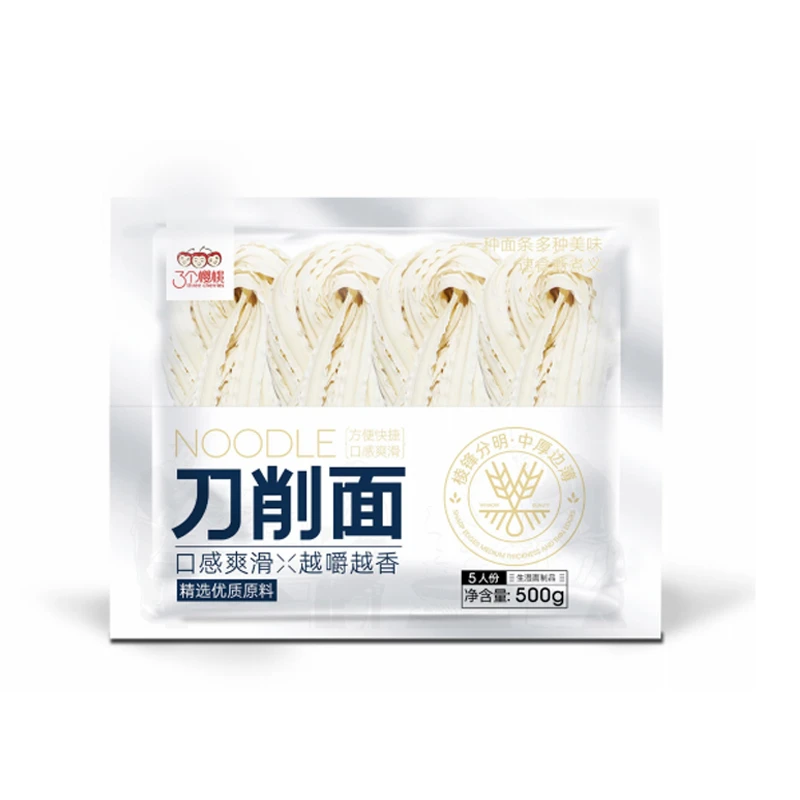xinjiang noodle
The Allure of Xinjiang Noodles A Culinary Journey
Xinjiang, the westernmost region of China, is famed for its diverse culture, rich history, and stunning landscapes. Among its culinary treasures, Xinjiang noodles—locally known as lamian—stand out as a beloved staple that captures the essence of this unique area. These hand-pulled noodles are not just a dish; they are a reflection of the cultural melting pot that is Xinjiang.
The Art of Hand-Pulled Noodles
The preparation of Xinjiang noodles is a true art form, passed down through generations. It begins with a simple mixture of flour, water, and salt, which is then kneaded into a pliable dough. The key to achieving the desired texture lies in the precise way the dough is pulled and stretched. Skilled chefs use a rhythmic motion to elongate the dough into thin strands, often showcasing their skills in front of diners. This process creates a unique chewiness that sets Xinjiang noodles apart from other types of pasta.
A Flavorful Palette
Xinjiang noodles are incredibly versatile and can be served in a variety of ways, each highlighting the region’s rich culinary heritage. One of the most popular ways to enjoy them is in a hearty bowl of Lamian, served in a rich broth made from lamb, beef, or chicken, alongside an assortment of vegetables and spices. The meat is often marinated with cumin and chili, yielding a dish that's bursting with flavor and warmth. Topped with fresh herbs like cilantro and served with a splash of vinegar, the dish strikes a perfect balance between savory and tangy, making each bite a delightful experience.
Another popular variant is Dapanji or big plate chicken, where the noodles are partnered with tender chicken pieces, potatoes, and bell peppers, all simmered together in a spicy sauce. This dish exemplifies the cultural influences of the Uyghur people, who have infused their flavors into the culinary landscape of Xinjiang.
xinjiang noodle

Cultural Significance
Noodles in Xinjiang are more than merely a meal; they symbolize connection and community. Traditionally, meals are often a communal affair, with families and friends gathering around a large platter to share. In Uyghur culture, the act of sharing food is an essential part of social bonding, and noodles play a vital role in these gatherings. Often, special occasions and celebrations are marked by preparing and enjoying lavish noodle dishes, making them integral to cultural practices.
A Taste Around the World
In recent years, Xinjiang noodles have gained popularity beyond China's borders. As a result of globalization and the growing interest in diverse cuisines, many restaurants worldwide have started featuring them on their menus, allowing people from different cultures to experience the flavors of Xinjiang. The increasing demand for authentic Asian cuisine has led chefs to learn the traditional methods of noodle-making, ensuring that the art of hand-pulled noodles continues to thrive.
Conclusion
In conclusion, Xinjiang noodles are an exquisite representation of the region’s culinary richness and cultural diversity. With their unique preparation, versatile offerings, and deep-rooted cultural significance, they invite both locals and food enthusiasts from around the world to indulge in their delightful flavors. Whether enjoyed in a bustling Xinjiang market or a cozy restaurant thousands of miles away, each serving offers a taste of the region's heritage. So, the next time you find yourself craving a hearty, flavorful dish, remember the allure of Xinjiang noodles and the rich culinary journey they beckon you to embark upon.
-
Unlock the Delicious Potential of Yam NoodlesNewsAug.11,2025
-
The Authentic Taste of Lanzhou NoodlesNewsAug.11,2025
-
Savor the Art of Hand Pulled NoodlesNewsAug.11,2025
-
Indulge in the Timeless Delight of Spaghetti BologneseNewsAug.11,2025
-
Indulge in the Rich Flavor of Braised Beef NoodlesNewsAug.11,2025
-
Elevate Your Meals with the Magic of Fresh PastaNewsAug.11,2025
-
Unleash Your Inner Chef with Delectable Italian Pasta CreationsNewsAug.01,2025
Browse qua the following product new the we

















































































































